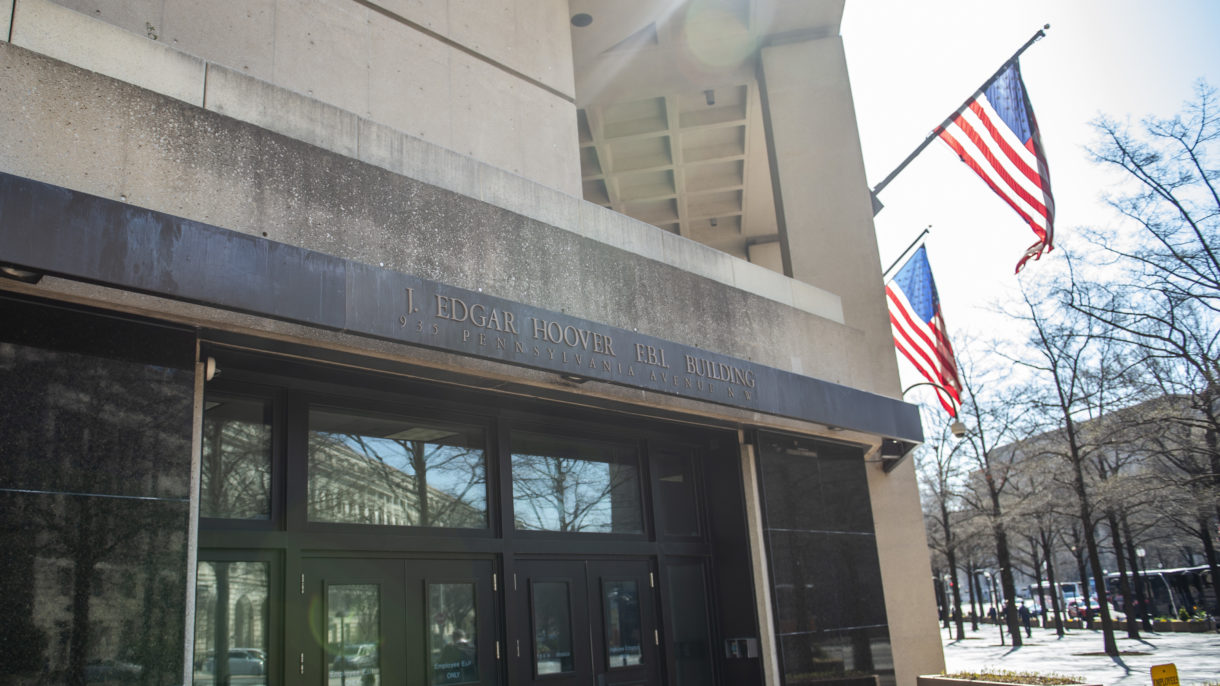The release of convicted terrorists after they complete prison sentences is “absolutely a concern,” a senior FBI counterterrorism official said — but he sought to assure the public that investigators work to assess those risks months before someone walks out of the gates.
The remarks followed hours after the “American Taliban,” John Walker Lindh, exited a prison in Indiana after serving 17 years behind bars for providing support to the Taliban.
Relatives of Johnny “Mike” Spann, a CIA operative who died in Afghanistan after questioning Lindh — and even Secretary of State Mike Pompeo — have raised questions about whether Lindh has forsaken his ties to violent extremists.
Nearly 18 years after the attacks of Sept. 11, 2001, a wave of defendants convicted of supporting terrorist groups or committing acts of violence is starting to leave prisons and jails.
Lindh is perhaps the most high-profile example.
At a briefing for reporters at FBI headquarters in Washington, the counterterrorism official — who asked not to be identified discussing the prospect of future threats — said special agents near the sites of prisons designated for terrorists in Colorado and Indiana have several options to follow up if needed.
“Could be a case. Could be interviews with them, [putting] agents in front of them,” he said.
A changing threat
The FBI official said the overall threat from terrorism is both “high tempo” and evolving.
He highlighted a “significant increase” in racially motivated violent extremism from last fall to earlier this year, on track to meet or exceed last year’s 120 domestic terrorism arrests.
During the first two quarters of this fiscal year, the FBI made 66 domestic terror-related arrests and 63 international terrorism arrests, he said.
“Domestic terror represents a persistent and evolving threat,” the FBI official said.
There have been more deaths in the U.S. from acts of domestic terror than from international terrorism, he added. And as with international terror, there’s been an evolution in the threat from big conspiracies — plots like the Sept. 11, 2001 hijackings — toward lone offenders, giving agents fewer “dots to connect.”
The domestic complications
The FBI official declined to attribute a reason for the rise in home-grown, domestic terrorism, but he said that such cases can pose a series of their own challenges for investigators.
As compared with international terrorism, there’s no American government entity that can designate entire groups as problematic, exposing them to financial sanctions or other measures.
The U.S. can declare all of al Qaeda a threat, for example — and take military, diplomatic, financial or other action — but there’s no simple analog for a domestic group.
Another challenge: beliefs of domestic radicals are protected by the First Amendment.
“We cannot and do not investigate ideology,” the FBI official said. “Membership in a group is never a sufficient basis for investigation.”
As a result, federal authorities often work hand-in-hand with state or local law enforcement agencies, charging and arresting suspects with unrelated gun and drug offenses, to try to disrupt violent plots before they come to fruition.
One bright spot is that more good tips are coming in from the public and state or local police, the majority of which are “spot on,” the FBI official said.
Overall, the FBI has nearly 5,000 open terrorism investigations in the United States and beyond. About 850 of those cases involve domestic terrorism; 1,000 or so are related to the Islamic State; and 1,000 more are home-grown violent extremists, often radicalized via online propaganda.
“Eighteen years after 9/11, we don’t want Americans to forget that the threat is still very real,” the official said.
Of al Qaeda, he said: “They’re not down and out. They’re strategic.”
9(MDEwNzczMDA2MDEzNTg3ODA1MTAzZjYxNg004))
